Urban landscapes and man-made aerosols have the potential to accelerate the formation of hail storms, make their gusts harder and direct these storms towards cities, according to a study conducted by the U.S. Department of Energy’s Pacific Northwest National Laboratory.
The team, led by atmospheric scientist Jiwen Fan, created two storm models, one near Houston, Texas, and another in Kansas City, Missouri.
The team simulated multiple versions of the two storms, with and without cities and aerosols present, to isolate the effects of these two distinct factors. The factors were always tested in tandem, as models of cities and aerosols independent of one another already exist.
(Watch our webinar video, “Can your solar project weather a hailstorm?“)
Researchers found that urban land and aerosols worked together to amplify the frequency of large hail by roughly 20% in Kansas City. The Houston storm was “gentler” by comparison, but still resulted in amplified, longer-lasting rainfall that developed sooner than expected. The Houston storm was not modeled as a hailstorm, but as a sea breeze-induced thunderstorm.
The study followed earlier research that concluded that cities are warmer than surrounding areas because buildings absorb and retain the sun’s heat differently than trees and agricultural land, and also block wind flow.
How solar fits in
The Kansas city model is one that could prove particularly troubling for the solar industry, one that is already combating the destructive nature of hail.
In the PNNL model, heat from the city was carried downwind, where it met the storm just after its formation at the northern urban-rural boundary. When warmer, drier air met with cooler, moister rural air, it intensified convergence. This eventually led to a more violent storm that moved toward urban land. When the aerosols were modeled alongside the urban landscape, the two combined to amplify hail, synergistically producing a more hazardous hailstorm.
Hail has been a concern for rural, utility-scale, solar installations, especially after the 2019 hailstorm in Pecos County, Texas, which damaged more than 400,000 panels at the 178 MW Midway Solar Project.
The Pecos storm was one of a handful of extreme weather events in the past two years which have hardened the market for property and casualty insurance for solar projects. Premiums have risen by as much as 400% over that time.
The researchers’ finding that urban landscapes and aerosols are capable of pushing more violent storms towards cities could create additional uncertainty when it comes to insuring urban distributed solar projects.
While the financial risk on a distributed solar project is less than that of a utility-scale installation, insuring it against hail could still prove difficult if urban hailstorms become more common and violent: one project could be subjected to multiple extreme storms over its lifespan.
This content is protected by copyright and may not be reused. If you want to cooperate with us and would like to reuse some of our content, please contact: editors@pv-magazine.com.
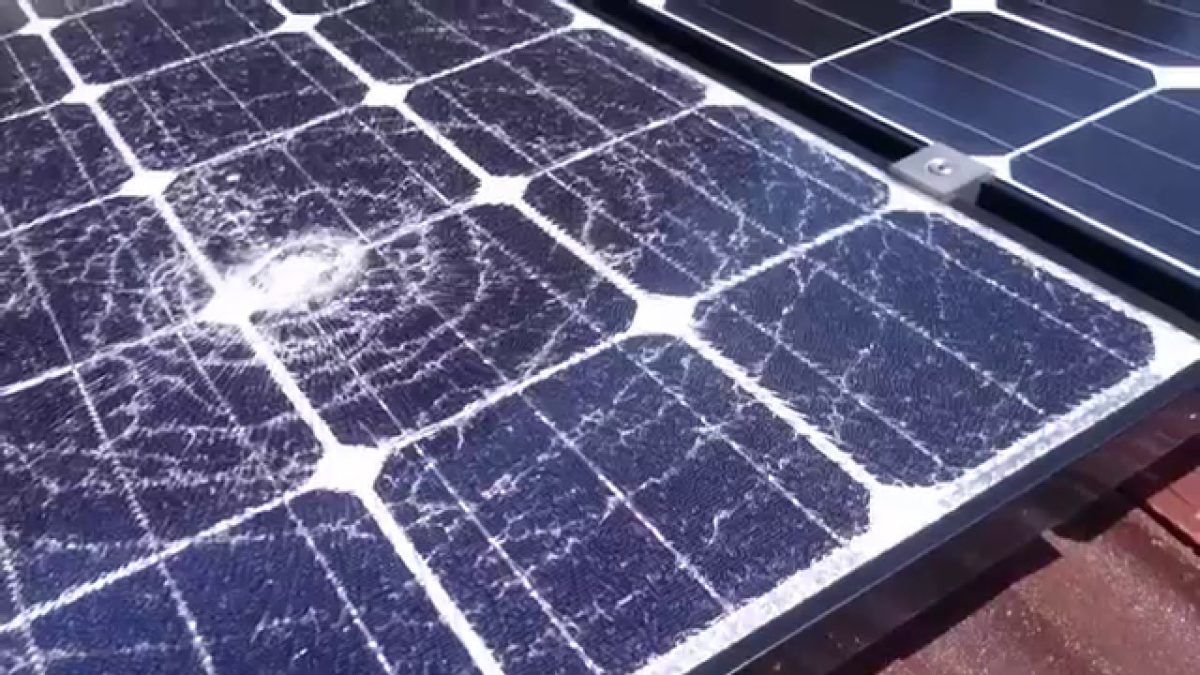



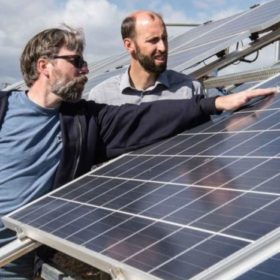
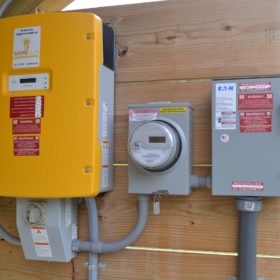

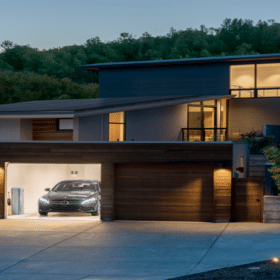
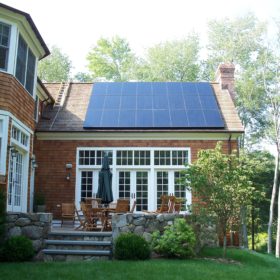
By submitting this form you agree to pv magazine using your data for the purposes of publishing your comment.
Your personal data will only be disclosed or otherwise transmitted to third parties for the purposes of spam filtering or if this is necessary for technical maintenance of the website. Any other transfer to third parties will not take place unless this is justified on the basis of applicable data protection regulations or if pv magazine is legally obliged to do so.
You may revoke this consent at any time with effect for the future, in which case your personal data will be deleted immediately. Otherwise, your data will be deleted if pv magazine has processed your request or the purpose of data storage is fulfilled.
Further information on data privacy can be found in our Data Protection Policy.